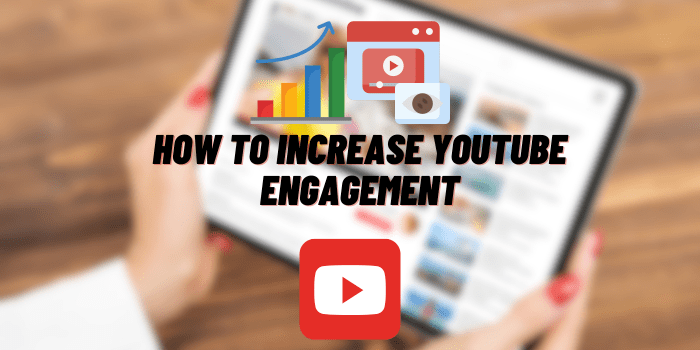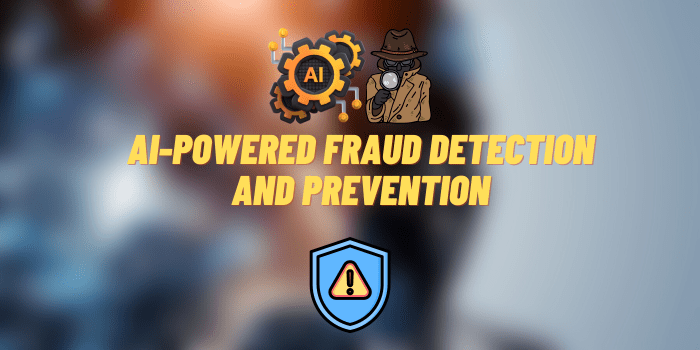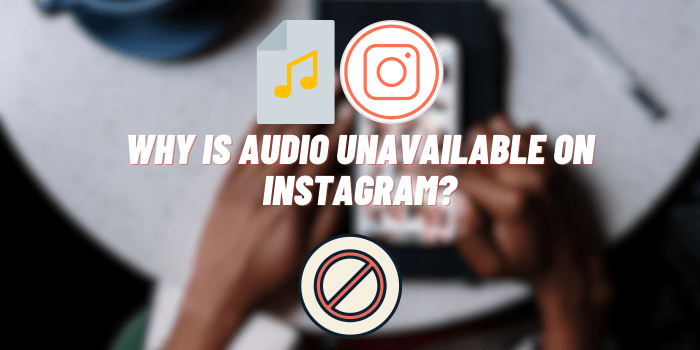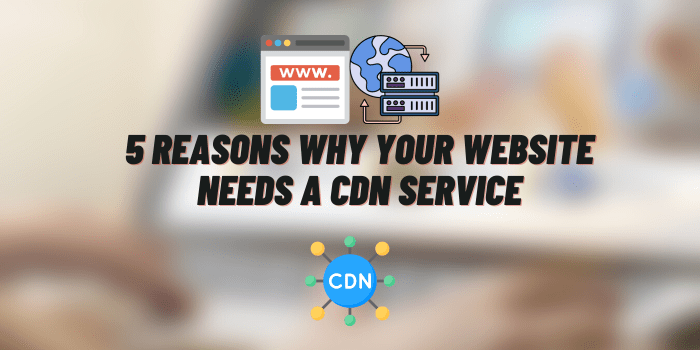What Your Snapscore Says About You?
Snapchat, known for its disappearing messages and creative filters, is a popular social media platform that offers a unique feature called the Snapscore. This metric, visible on every user’s profile, may reveal insights about a user’s social behavior. But what does it really mean? Let’s delve in.
About Snapscore
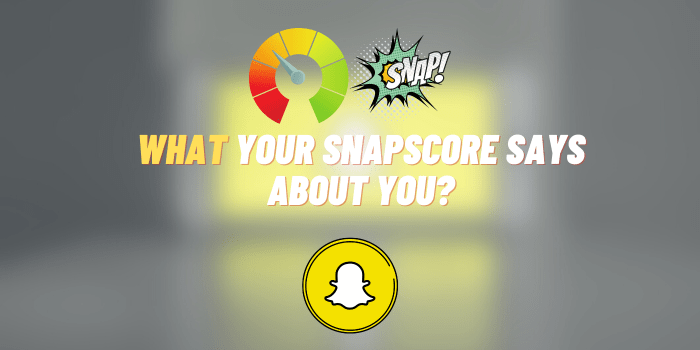
Snapscore, in its simplest terms, is a score that quantifies your activity on Snapchat.
The calculation is straightforward: one point for every snap sent and one for every snap received. A user’s Snapscore also increases when they post stories. This score reflects the extent of a user’s engagement with the app.
There are common misconceptions about Snapscore. Many users wrongly believe it denotes popularity or social standing. In reality, it’s primarily a measure of Snapchat usage.
What Your Snapscore Says About You? – How Does it Work?
Your Snapscore directly corresponds to your Snapchat activity.
This includes sending snaps, opening snaps, and posting stories. The higher the score, the more active you’ve been.
The scoring system distinguishes between one-sided and two-sided engagements. For instance, sending a snap to multiple people earns you multiple points, but group snaps only count for one point, no matter how many people view it.
Psychological Implications of High Snapscores
High Snapscores could indicate certain social behaviors. A user who constantly sends and receives snaps may be more socially active or feel a need for social validation.
Snapchat, like many other social media platforms, can fulfill the human desire for recognition and affirmation. This is why some users get a satisfaction boost when their Snapscore increases.
The Fear of Missing Out (FOMO) phenomenon may also be linked to high Snapscores. Users might feel the need to stay constantly connected to avoid missing anything, which can lead to increased Snapchat activity.
Snapscore and Personal Branding

For influencers or people building a personal brand, a high Snapscore can help demonstrate engagement and consistent activity, making them more attractive to potential followers or sponsors.
However, there are drawbacks. Using Snapscore as a measure of influence can be misleading, as it doesn’t account for the quality of interactions or the nature of the audience.
Case studies reveal how some influencers effectively leverage their high Snapscores. By engaging actively with their followers through snaps, they keep their audience interested and coming back for more.
Snapscore: A Measurement of Friendship?
It’s debatable whether Snapscore can genuinely reflect friendship quality. While it shows the level of interaction, it doesn’t account for meaningful conversations or offline relationships.
Unlike other social media metrics like followers and likes, Snapscore is more about user activity than social influence or popularity.
As such, using Snapscore as a social comparison metric can be misleading and even harmful. It encourages quantity over quality, which can lead to superficial engagements.
Managing Your Snapscore

Managing your Snapscore involves being aware of your activity on Snapchat and understanding what drives you to use it. Being mindful about your usage can help you control your score.
Being overly focused on your Snapscore could lead to unnecessary stress or unhealthy social media habits.
It’s essential to remember that it’s just a number, not a reflection of your worth or popularity.
A balanced approach to social media use is critical for mental health. Engage with your friends on Snapchat, but don’t let your Snapscore dictate your behavior.
Conclusion
In summary, your Snapscore says a lot about your Snapchat activity but should not be considered a gauge of popularity, influence, or friendship quality. While it can be an engaging feature of the app, it’s crucial to use Snapchat mindfully, ensuring it adds value to your social life rather than defining it. As with any social media platform, balance and intentionality are key.
You may also like:


